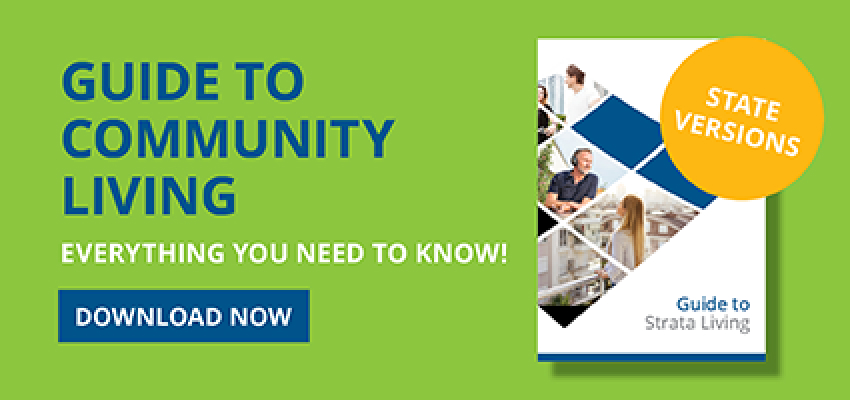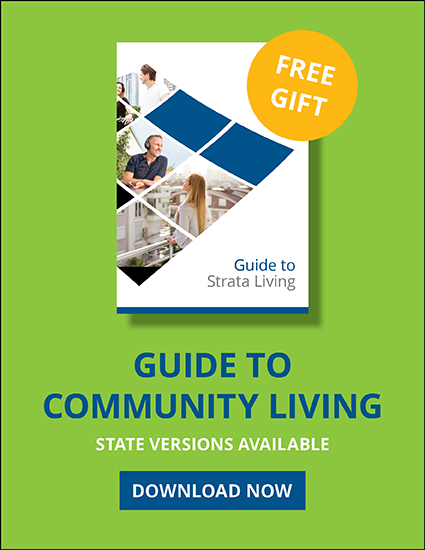New South Wales residents are twice as likely as Victorians to live in strata-titled properties, a new report shows.
According to data contained in the Australasian Strata Insights 2020 report, from the time strata title property ownership was first introduced in Australia 60 years ago, the number of people choosing to live in strata has continued to accelerate.
From a few small clusters in inner urban areas in NSW in 1961, strata developments are now an important feature of the housing landscape here, with almost three million strata and community-titled properties in Australia.
The report, which provides a comprehensive picture of the strata industry in Australia and provides an invaluable tool for policy-makers instigating changes to the framework for the strata industry, shows nationally one in ten Australians now reside in apartments, villas, units or townhouses.
Of these, 35 per cent of apartment dwelling residents live alone and 24 per cent are child-free couples. Couples with children account for 13 per cent, group households represent 9 per cent of all residents living in strata, while 6 per cent are single parents. The remainder are “others” made up of groups such as flatmates and friends.
Incorporating data from land title authorities from each state, together with Census information from the Australian Bureau of Statistics, the findings of the report show that New South Wales is home to the largest number of strata dwellers.
In that state, 15 per cent of the population (or 7,564,945 residents) choose to live in strata-titled homes. Unsurprisingly, Victoria is home to the next most populous number of strata residents, with 471,317 of its residents, equating to 8 per cent of its total population, choosing strata over stand-alone homes.
In Queensland, 7 per cent of the state’s 4.84 million residents opt to live in strata titled homes, while South Australia boasts the lowest number of all major states. Here, just 4 per cent (or 69,063) of the state’s 1.67 million residents call their strata residence home.
Associate Professor Hazel Easthope, who led the project with Dr Sian Thompson and Dr Alistair Sisson from UNSW Built Environment, says much of the growth in the popularity of attached dwellings can be credited to two reasons.
The first is because of the country’s population growth and the second is government policies to promote building up (rather than out) within existing urban areas.
Dr Easthope says while it is too early to register the likely impact of COVID-19, Australia should expect a slowing in new dwelling growth overall in response to the economic downturn and reduction in migration (and hence population growth) resulting from the pandemic.
However, there is sufficient evidence to believe that any negative impact is likely to be short-lived, she says.
“So long as the twin policy drivers of population growth supported by migration, and urban consolidation in existing areas continue, we can expect strata developments to play an important role in urban development for many years to come.”
To discuss your property’s strata management needs or receive a FREE management proposal contact our friendly team. We also offer more helpful resources and community living news in our FREE newsletter.








